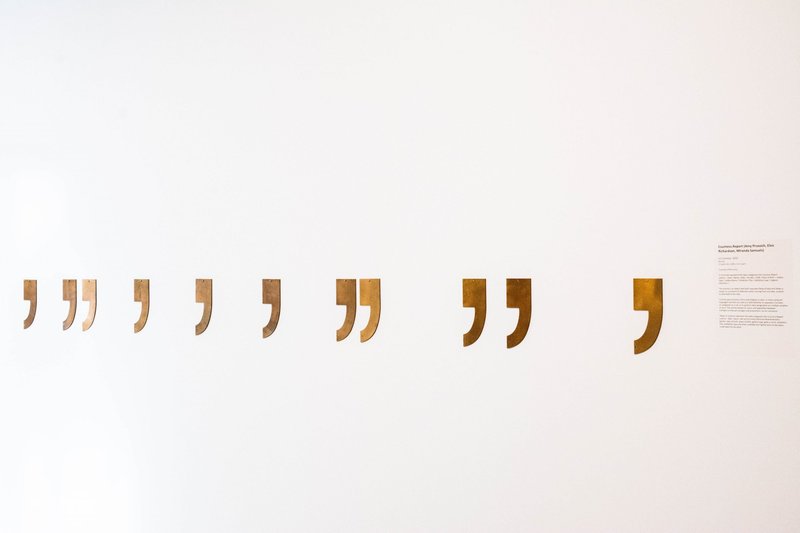Strengthening data on the arts
The importance of accurate data cannot be overstated, as it plays a pivotal role in shaping policies at all levels of government, regardless of political affiliation.
The importance of accurate data cannot be overstated, as it plays a pivotal role in shaping policies at all levels of government, regardless of political affiliation.

The current state of data collection and analysis of the Australian visual arts, craft, and design sector is characterised by irregularities, inconsistencies and fragmented information. Consequently, we lack a precise understanding of the sector.
As recently highlighted by Visual Arts Work project researchers from RMIT University and University of Melbourne in The Conversation, the varied definitions of "artist" used in different surveys make it impossible to provide a single estimate of the number of visual and craft artists in the country. This deficiency extends to other critical aspects such as demographic information, geographic trends, employment categories, income levels, and the extent of individuals' involvement in additional occupations.
The importance of accurate data cannot be overstated, as it plays a pivotal role in shaping policies at all levels of government, regardless of political affiliation. NAVA has contributed to several ongoing consultations that are currently addressing this issue:
In David Throsby’s May 2023 submission to the Cultural and Creative Activity Satellite Accounts Methodology Refresh Consultation Paper, he emphasised that any set of statistical data for the cultural sector should align with user needs while maintaining consistency with data sources. Throsby also stressed the importance of recognising industry practitioners' insights when classifying employment. Many artists engage in multiple occupations simultaneously, which is overlooked in the current census approach.
To address these challenges, changes to the Australian and New Zealand Standard Classification of Occupations (ANZSCO) structure are being considered. When consultation opens on 10 October, NAVA will be recommending a reorganisation, consolidation, or the creation of new occupation groups to better reflect the visual arts, craft and design sector. The current approach fails to recognise the multidisciplinary nature of work and practice and instead limits occupations to the following categories:
139911 Arts Administrator or Manager
211412 Potter or Ceramic Artist
211499 Visual Arts and Crafts Professionals nec
399915 Photographer's Assistant
Moreover, information on industries and sectors is classified separately using the Australian and New Zealand Standard Industrial Classification (ANZSIC). The 2017-18 creative and cultural industries figures reported by the Australian Government Bureau of Communications and Arts Research omitted significant elements of the visual arts, craft and design economy.
The omitted elements include the creation, exhibition and sale of contemporary art in public and commercial galleries, the secondary market of sales at auctions or through dealers, and the work of all First Nations Art Centres. Instead, the visual arts and craft were classed as
2591 Jewellery and Silverware Manufacturing
3732 Jewellery and Watch Wholesaling
4253 Watch and Jewellery Retailing
6991 Professional Photographic Services
The economic contribution of Australia’s painters, sculptors, printmakers, photo and video media artists, ceramics and textile practitioners, glass makers, installation artists, public artists, live artists, experimental practitioners and so many other contemporary practices has not been considered at all.
Supporting artists as integral components of the economy necessitates comprehensive and nuanced cultural data. A more holistic and accurate understanding of the visual arts, craft, and design sector will enable better-informed decisions, policies, and investments in this vital industry.
Countess.Report (Amy Prcevich, Elvis Richardson, Miranda Samuels), 11 Commas, 2022. Bronze, each 82x200x2mm. Installed at Flinders University Museum of Art as part of FUMA (2022) The Data Imaginary: Fears and Fantasies. Photo by Lana Adams.
ID: A photograph of eleven laser cut bronze commas, installed with various spacings in a straight line on a white wall.